
8 minute read
Prevent Acid Burns
Sulfuric acid in battery electrolyte is poisonous. It is strong enough to burn skin, eat holes in clothing, and cause blindness if splashed into eyes.
Avoid the hazard by:
Advertisement
1. Filling batteries in a well-ventilated area.
2. Wearing eye protection and rubber gloves.
3. Avoiding breathing fumes when electrolyte is added.
4. Avoiding spilling or dripping electrolyte.
5. Use proper jump start procedure.
If you spill acid on yourself:
1. Flush your skin with water.
2. Apply baking soda or lime to help neutralize the acid.
3. Flush your eyes with water for 15 30 minutes. Get medical attention immediately.
If acid is swallowed:
1. Do not induce vomiting.
2. Drink large amounts of water or milk, but do not exceed 2 L (2 quarts).
3. Get medical attention immediately.
Avoid High-Pressure Fluids
Escaping fluid under pressure can penetrate the skin causing serious injury.
Avoid the hazard by relieving pressure before disconnecting hydraulic or other lines. Tighten all connections before applying pressure.
Search for leaks with a piece of cardboard. Protect hands and body from high pressure fluids.
If an accident occurs, see a doctor immediately. Any fluid injected into the skin must be surgically removed within a few hours or gangrene may result. Doctors unfamiliar with this type of injury should reference a knowledgeable medical source. Such information is available from Deere & Company Medical Department in Moline, Illinois, U.S.A.
Warn Others of Service Work
Unexpected machine movement can cause serious injury.
Before performing any work on the machine, attach a “Do Not Operate” tag on the right control lever.

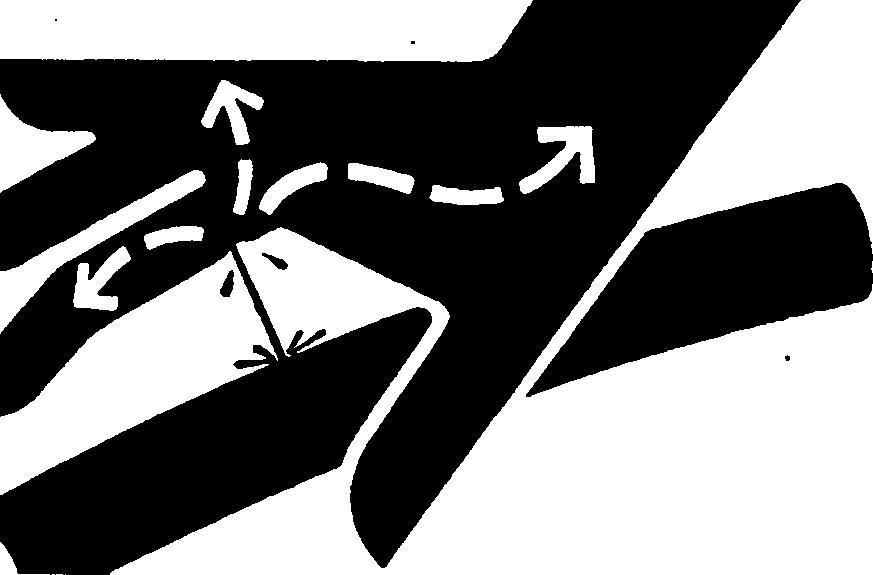
Park Machine Safely
Before working on the machine:
• Park machine on a level surface.
• Lower bucket to the ground.
• Turn auto-idle switch off.
• Run engine with engine RPM dial at 1/3 position for 2 minutes.
• Move engine RPM dial to slow idle position.
• Turn key switch to OFF. Remove key from switch.
• Pull pilot control shut-off lever to locked position.
• Allow engine to cool.
Support Machine Properly
Always lower the attachment or implement to the ground before you work on the machine. If the work requires that the machine or attachment be lifted, provide secure support for them. If left in a raised position, hydraulically supported devices can settle or leak down.
Do not support the machine on cinder blocks, hollow tiles, or props that may crumble under continuous load. Do not work under a machine that is supported solely by a jack. Follow recommended procedures in this manual.
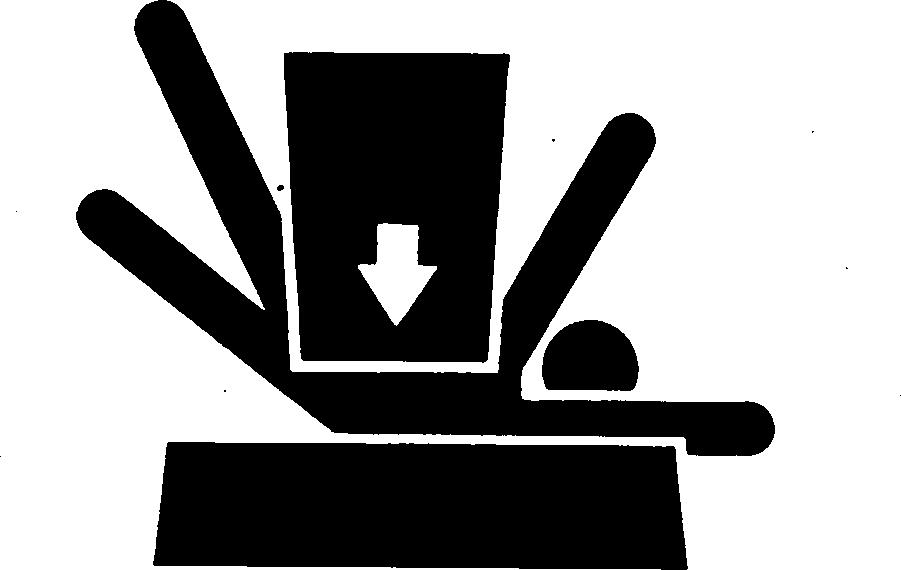
When implements or attachments are used with a machine, always follow safety precautions listed in the implement or attachment operator’s manual.
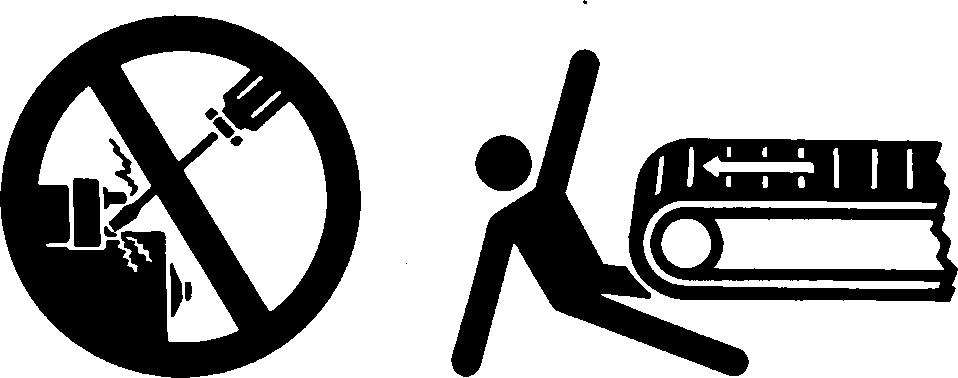
Operate Only from Operator’s Seat
Avoid possible injury or machine damage. Do not start engine by shorting across starter terminals.
NEVER start engine while standing on ground. Start engine only from operator’s seat.
Stay Clear of Moving Parts

Entanglements in moving parts can cause serious injury.
To prevent accidents, use care when working around rotating parts.
Avoid Power Lines
Serious injury or death can result from contact with electric lines.

Never move any part of the machine or load closer to electric line than 3 m (10 ft) plus twice the line insulator length.
Use Handholds and Steps
Falling is one of the major causes of personal injury.
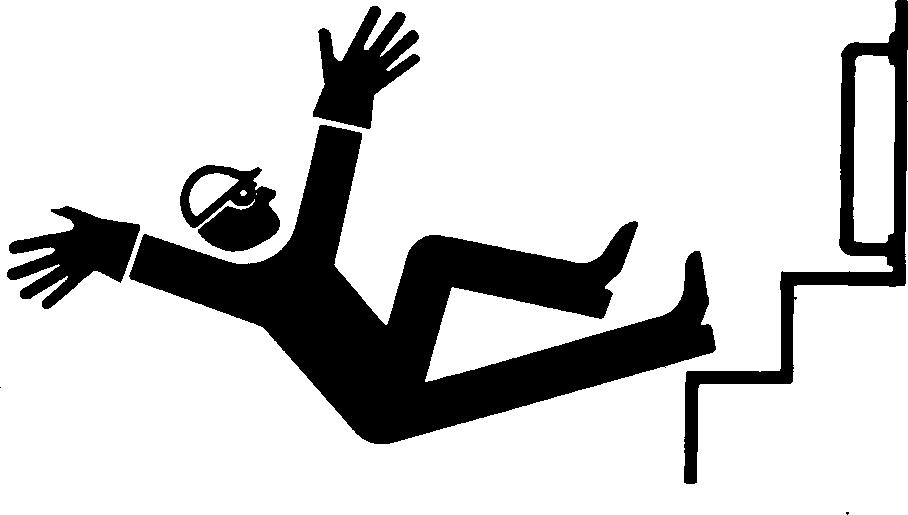
When you get on and off the machine, always maintain a three point contact with the steps and handrails and face the machine. Do not use any controls as handholds.
Never jump on or off the machine. Never mount or dismount a moving machine.
Be careful of slippery conditions on platforms, steps, and handrails when leaving the machine.
Keep Riders Off Machine
Only allow the operator on the machine. Keep riders off.
Riders on machine are subject to injury such as being struck by foreign objects and being thrown off the machine. Riders also obstruct the operator’s view resulting in the machine being operated in an unsafe manner.
Move and Operate Machine Safely


Bystanders can be run over. Know the location of bystanders before moving, swinging, or operating the machine.
Always keep the travel alarm in working condition. It warns people when the machine starts to move.
Use a signal person when moving, swinging, or operating the machine in congested areas. Coordinate hand signals before starting the machine.
Wear Protective Clothing
Wear close fitting clothing and safety equipment appropriate to the job.
Operating equipment safely requires the full attention of the operator. Do not wear radio or music headphones while operating machine.

Protect Against Flying Debris
Guard against injury from flying pieces of metal or debris; wear goggles or safety glasses.



Protect Against Noise
Prolonged exposure to loud noise can cause impairment or loss of hearing.

Wear a suitable hearing protective device such as earmuffs or earplugs to protect against objectionable or uncomfortable loud noises.
Illuminate Work Area Safely
Illuminate your work area adequately but safely. Use a portable safety light for working inside or under the machine. Make sure the bulb is enclosed by a wire cage. The hot filament of an accidentally broken bulb can ignite spilled fuel or oil.
Service Machines Safely
Tie long hair behind your head. Do not wear a necktie, scarf, loose clothing, or necklace when you work near machine tools or moving parts. If these items were to get caught, severe injury could result.
Remove rings and other jewelry to prevent electrical shorts and entanglement in moving parts.
9000-01-8
Remove Paint Before Welding or Heating
Avoid potentially toxic fumes and dust.
Hazardous fumes can be generated when paint is heated by welding, soldering, or using a torch. Remove paint before heating:
• Remove paint a minimum of 76 mm (3 in.) from area to be affected by heating.
• If you sand or grind paint, avoid breathing the dust. Wear an approved respirator.

• If you use solvent or paint stripper, remove stripper with soap and water before welding. Remove solvent or paint stripper containers and other flammable material from area. Allow fumes to disperse at least 15 minutes before welding or heating.
Do all work in an area that is ventilated to carry toxic fumes and dust away.
Dispose of paint and solvent properly.
Avoid Heating Near Pressurized Fluid Lines
Flammable spray can be generated by heating near pressurized fluid lines, resulting in severe burns to yourself and bystanders. Do not heat by welding, soldering, or using a torch near pressurized fluid lines or other flammable materials. Pressurized lines can be accidentally cut when heat goes beyond the immediate flame area.
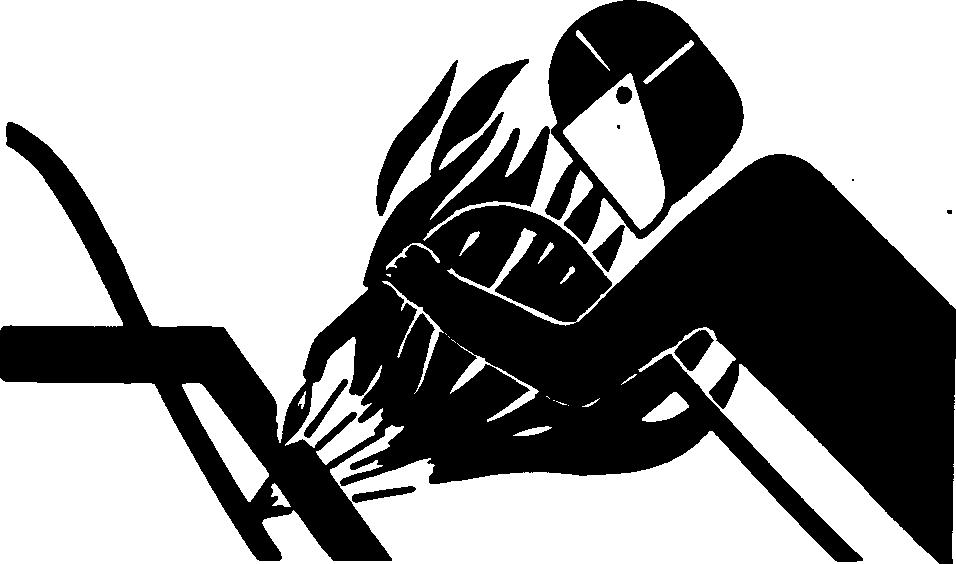
Beware of Exhaust Fumes
Prevent asphyxiation. Engine exhaust fumes can cause sickness or death.
If you must operate in a building, be positive there is adequate ventilation. Either use an exhaust pipe extension to remove the exhaust fumes or open doors and windows to bring enough outside air into the area.

Use Proper Lifting Equipment
Lifting heavy components incorrectly can cause severe injury or machine damage.

Follow recommended procedure for removal and installation of components in the manual.
Service Cooling System Safely
Explosive release of fluids from pressurized cooling system can cause serious burns.

Shut off engine. Only remove filler cap when cool enough to touch with bare hands. Slowly loosen cap to first stop to relieve pressure before removing completely.
Dispose of Waste Properly
Improperly disposing of waste can threaten the environment and ecology. Potentially harmful waste used with John Deere equipment include such items as oil, fuel, coolant, brake fluid, filters, and batteries.
Use leakproof containers when draining fluids. Do not use food or beverage containers that may mislead someone into drinking from them.
Do not pour waste onto the ground, down a drain, or into any water source.
Air conditioning refrigerants escaping into the air can damage the Earth’s atmosphere. Government regulations may require a certified air conditioning service center to recover and recycle used air conditioning refrigerants.
Inquire on the proper way to recycle or dispose of waste from your local environmental or recycling center, or from your John Deere dealer.
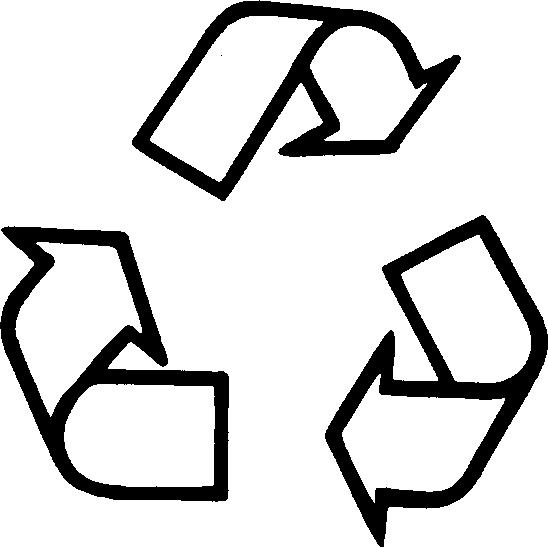
Work in a Clean Area
Before starting a job, clean the work area. Remove objects that may be a safety hazard to the mechanic or bystanders.
Use Tools Properly
Use tools appropriate to the work. Makeshift tools, parts, and procedures can create safety hazards.
Use power tools only to loosen threaded tools and fasteners.
For loosening and tightening hardware, use the correct size tools. DO NOT use U.S. measurement tools on metric fasteners. Avoid bodily injury caused by slipping wrenches.

Use only recommended replacement parts. (See Parts Catalog.)
Replace Safety Signs
Replace missing or damaged safety signs. See the machine operator’s manual for correct safety sign placement.

Live With Safety
Before returning machine to customer, make sure machine is functioning properly, especially the safety systems. Install all guards and shields.


NOTE: Specifications and design subject to change without notice. Wherever applicable, specifications are in accordance with PCSA and SAE standards. Except where otherwise noted these specifications are based on a machine equipped with 800 mm (32 in.) shoes, counterweight, 2.91 m (9 ft 7 in.) arm, 723 kg (1590 lb) 0.86 m 3 (1.12 yd 3) bucket, full fuel tank, 79 kg (175 lb) operator and standard equipment.
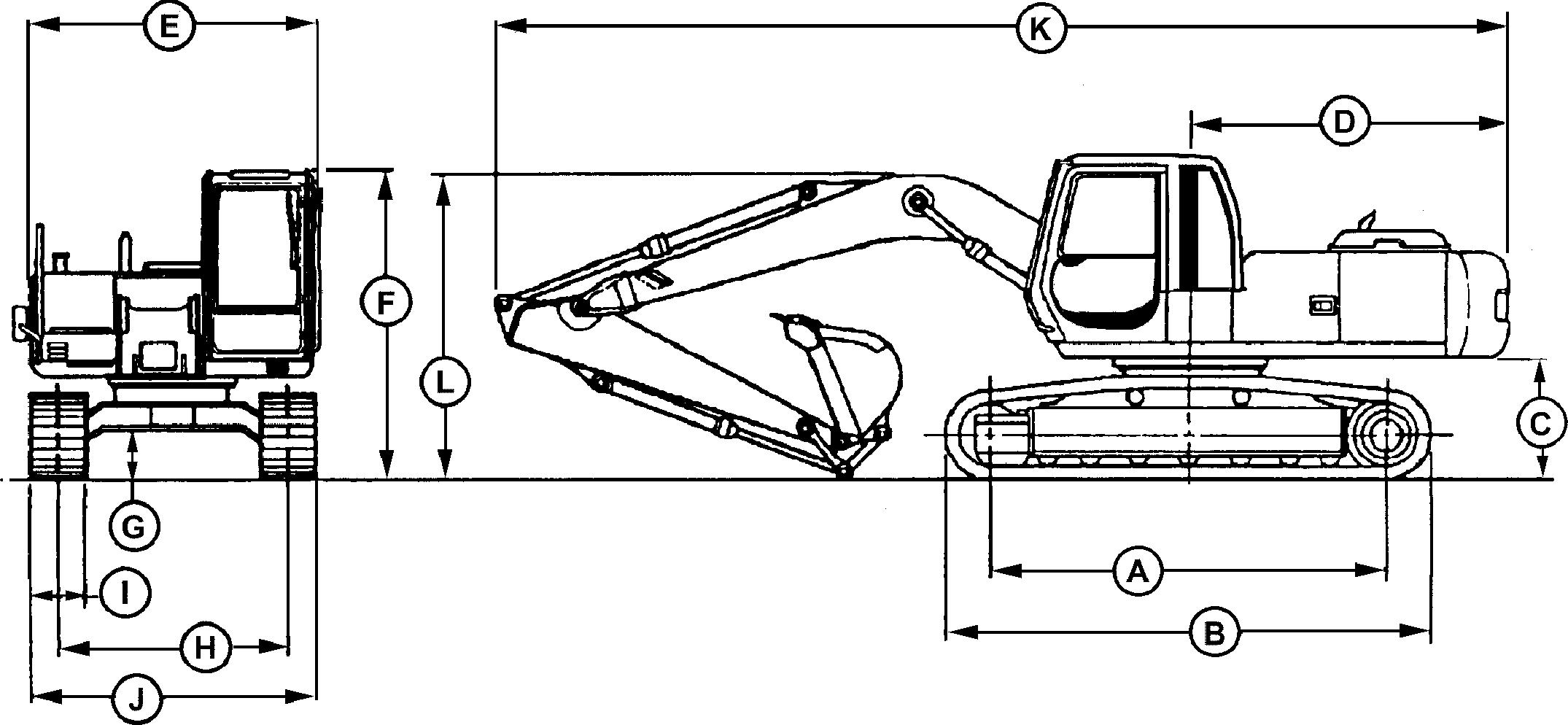
General Specifications
G Minimum Ground Clearance Distance 450 mm (1 ft 6 in.)
H Center Of Sprocket To Center Of Sprocket Distance 2390 mm (7 ft 10 in.)
I Track Shoe Width 600 mm (24 in.) or 700 mm (28 in.) or 800 mm (32 in.)
J Undercarriage Width Width Width
K Machine Overall Length Overall Length
L Machine Transport Height Transport Height
With 600 mm (24 in.) shoes: 2990 mm (9 ft 10 in.)
With 700 mm (28 in.) shoes: 3090 mm (10 ft 2 in.)
With 800 mm (32 in.) shoes: 3190 mm (10 ft 6 in.)
With 2220 mm (7 ft 3 in.) Arm: 9620 mm (31 ft 7 in.)
With 2910 mm (9 ft 7 in.) Arm: 9500 mm (31 ft 2 in.)
With 2220 mm (7 ft 3 in.) Arm: 3090 mm (10 ft 2 in.)
With 2910 mm (9 ft 7 in.) Arm: 2970 mm (9 ft 9 in.)
TM1663 (28NOV01)
9000-02-3
200LC Excavator Operation & Tests

200LC Engine Specifications
200LC Drain and Refill Capacities
Unified Inch Bolt and Cap Screw Torque Values
a Grade 2 applies for hex cap screws (not hex bolts) up to 6 in. (152 mm) long. Grade 1 applies for hex cap screws over 6 in. (152 mm) long, and for all other types of bolts and screws of any length.
b "Lubricated" means coated with a lubricant such as engine oil, or fasteners with phosphate and oil coatings.
c "Dry" means plain or zinc plated without any lubrication.
DO NOT use these values if a different torque value or tightening Make sure fastener threads are clean and that you properly start procedure is given for a specific application. Torque values listed are thread engagement. This will prevent them from failing when for general use only. Check tightness of fasteners periodically. tightening.
Shear bolts are designed to fail under predetermined loads. Always Tighten plastic insert or crimped steel-type lock nuts to approximately replace shear bolts with identical grade. 50 percent of the dry torque shown in the chart, applied to the nut, not to the bolt head. Tighten toothed or serrated-type lock nuts to the full torque value.
Fasteners should be replaced with the same or higher grade. If higher grade fasteners are used, these should only be tightened to the strength of the original.

Metric Bolt and Cap Screw Torque Values
a "Lubricated" means coated with a lubricant such as engine oil, or fasteners with phosphate and oil coatings. b "Dry" means plain or zinc plated without any lubrication.
DO NOT use these values if a different torque value or tightening
Make sure fastener threads are clean and that you properly start procedure is given for a specific application. Torque values listed are thread engagement. This will prevent them from failing when for general use only. Check tightness of fasteners periodically. tightening.
Shear bolts are designed to fail under predetermined loads. Always Tighten plastic insert or crimped steel-type lock nuts to approximately replace shear bolts with identical property class. 50 percent of the dry torque shown in the chart, applied to the nut, not to the bolt head. Tighten toothed or serrated-type lock nuts to the full torque value.

Fasteners should be replaced with the same or higher property class. If higher property class fasteners are used, these should only be tightened to the strength of the original.
9000-03-2



